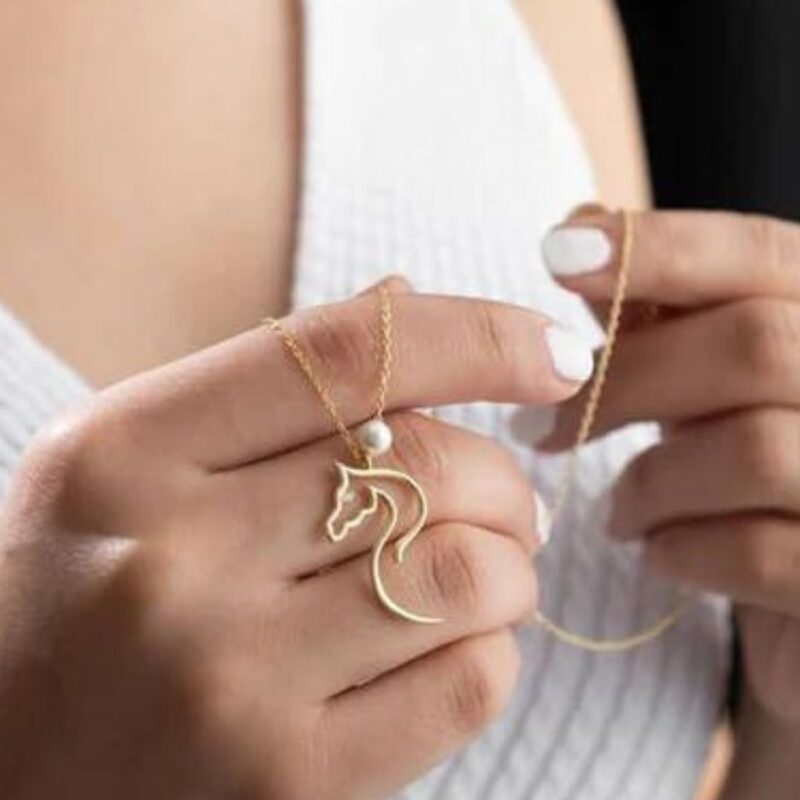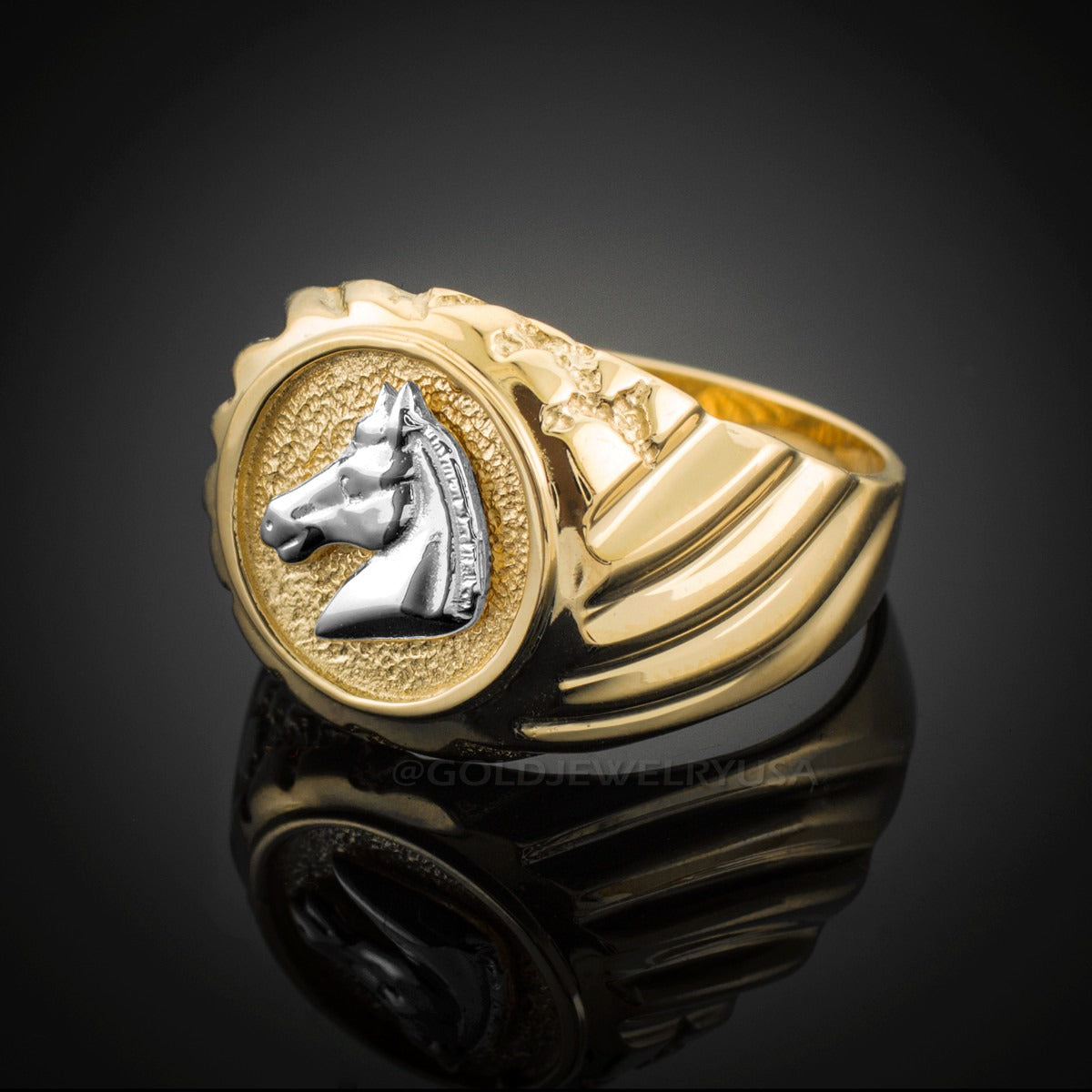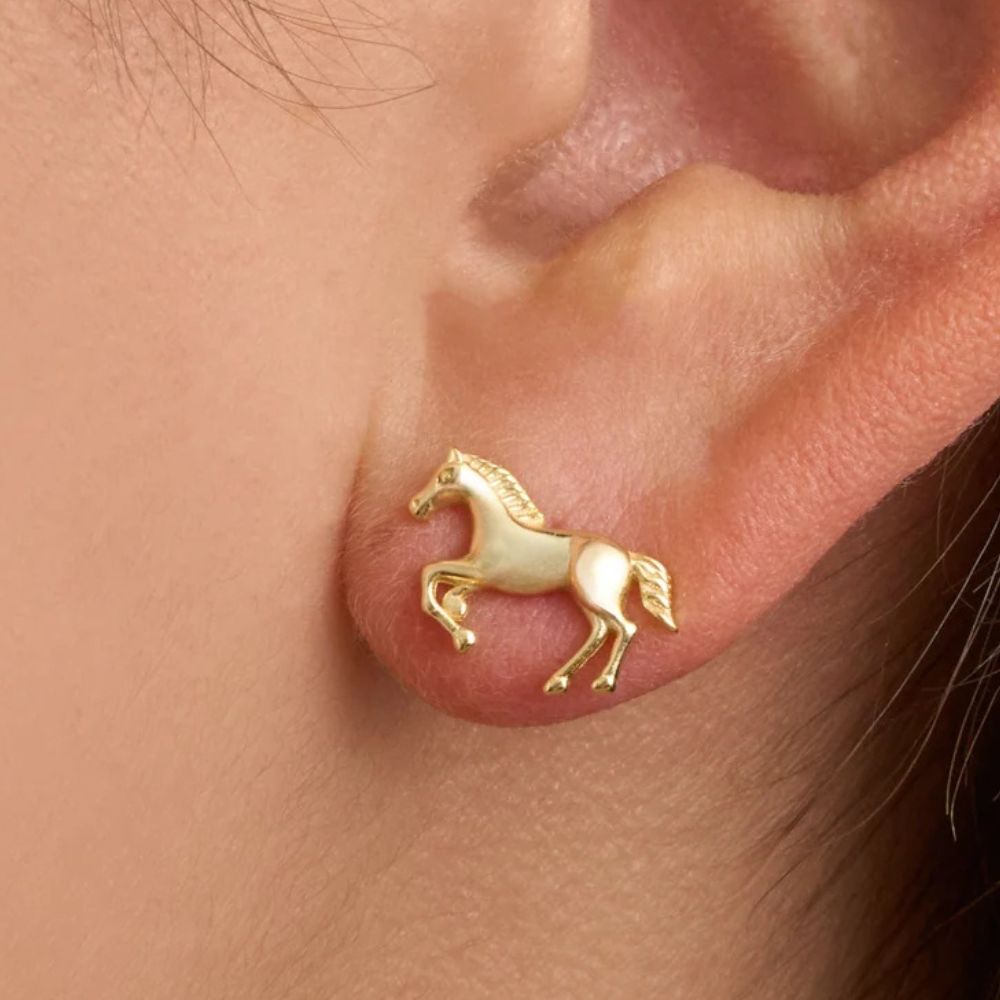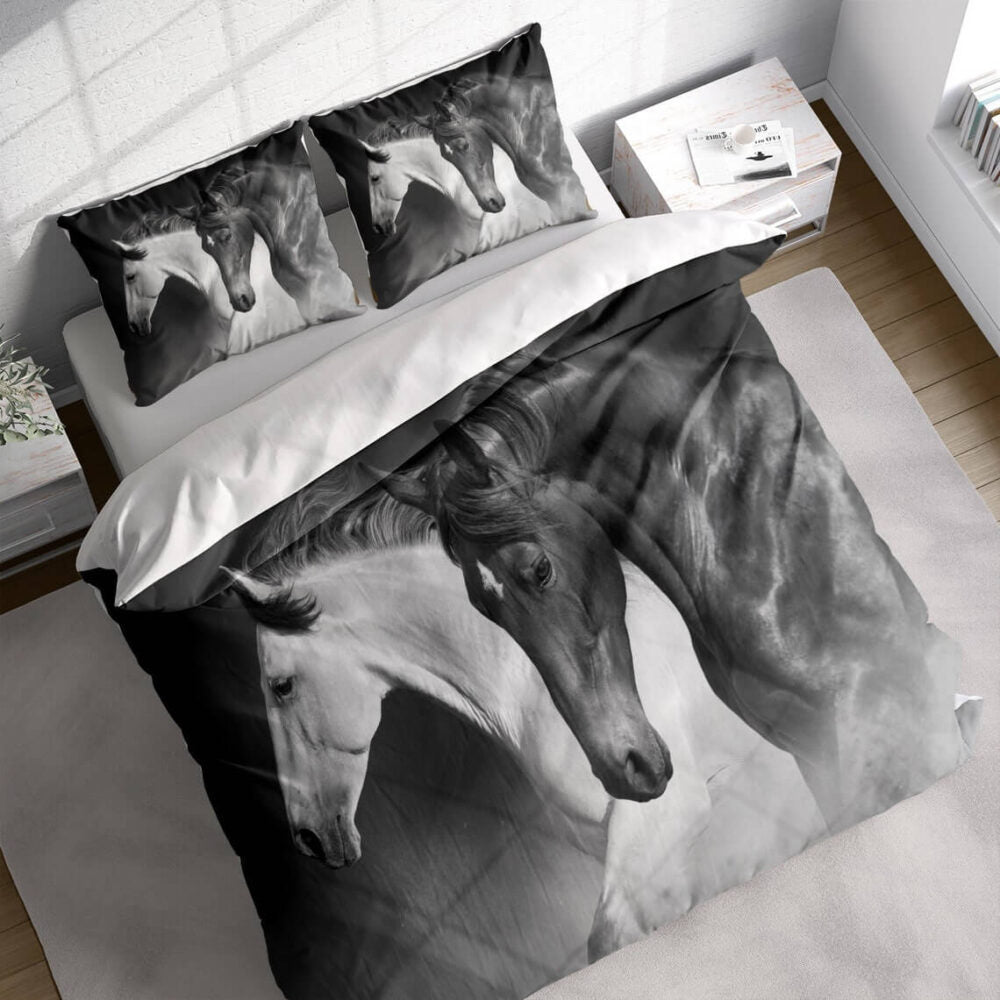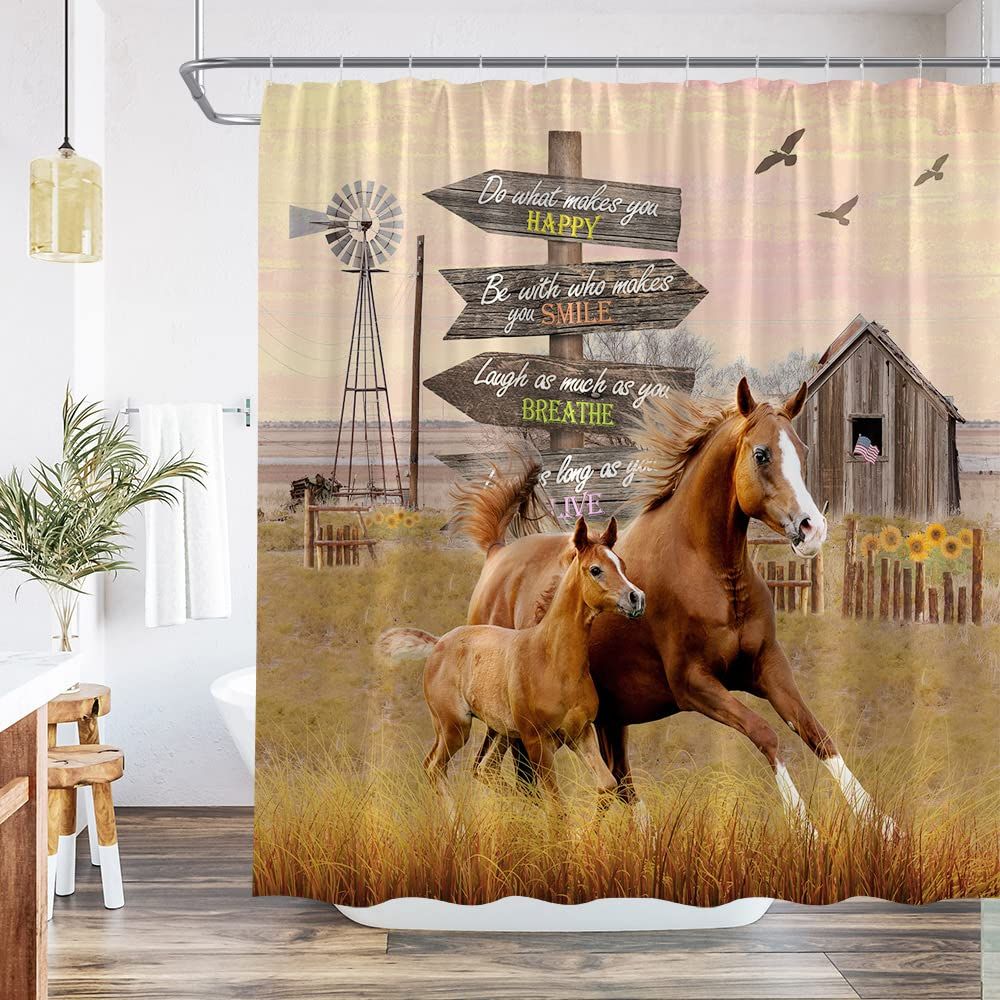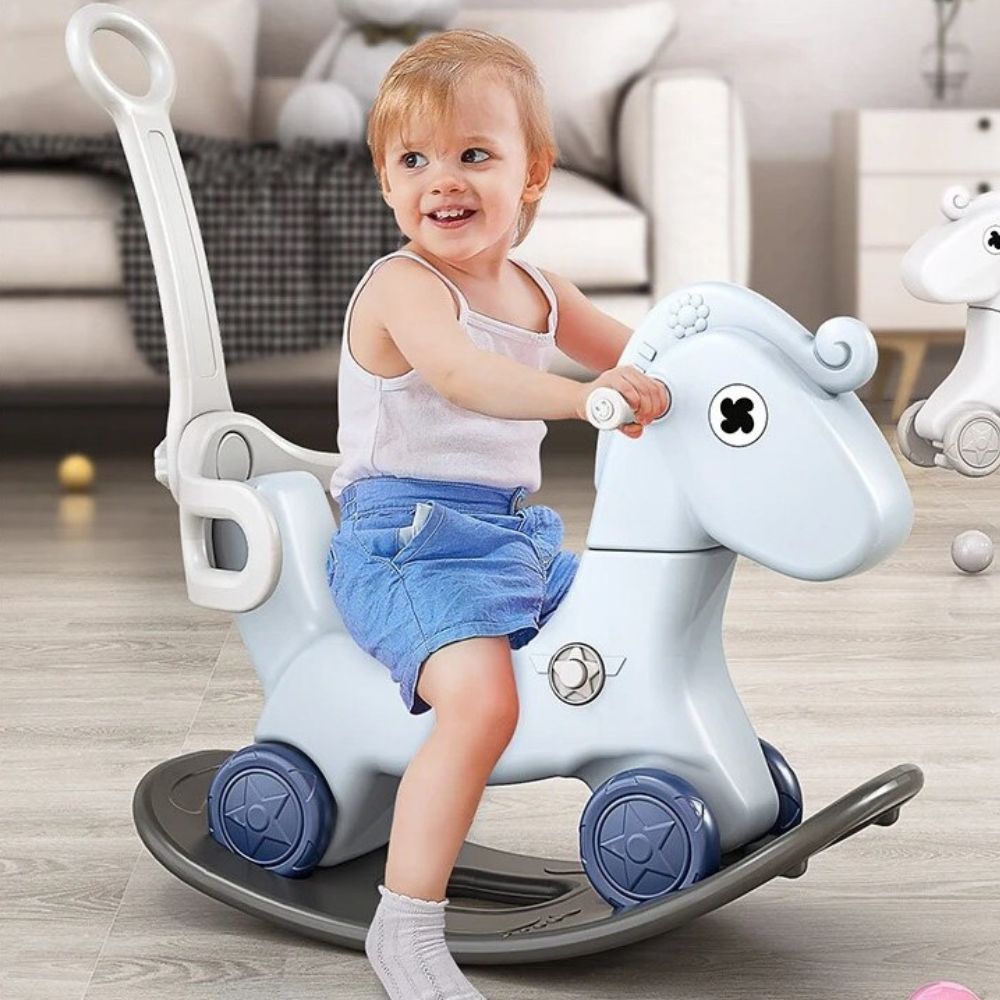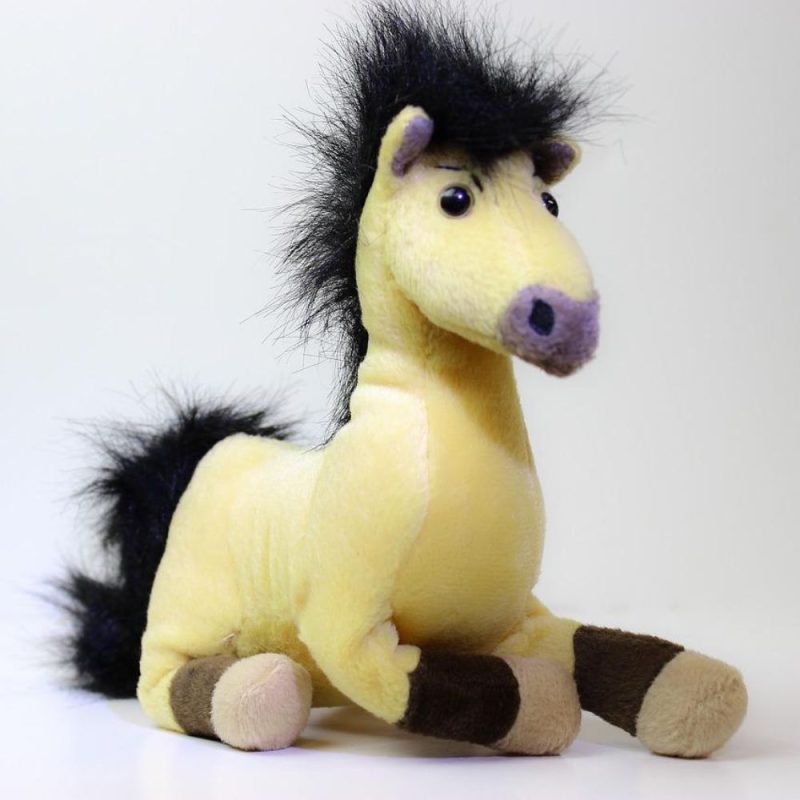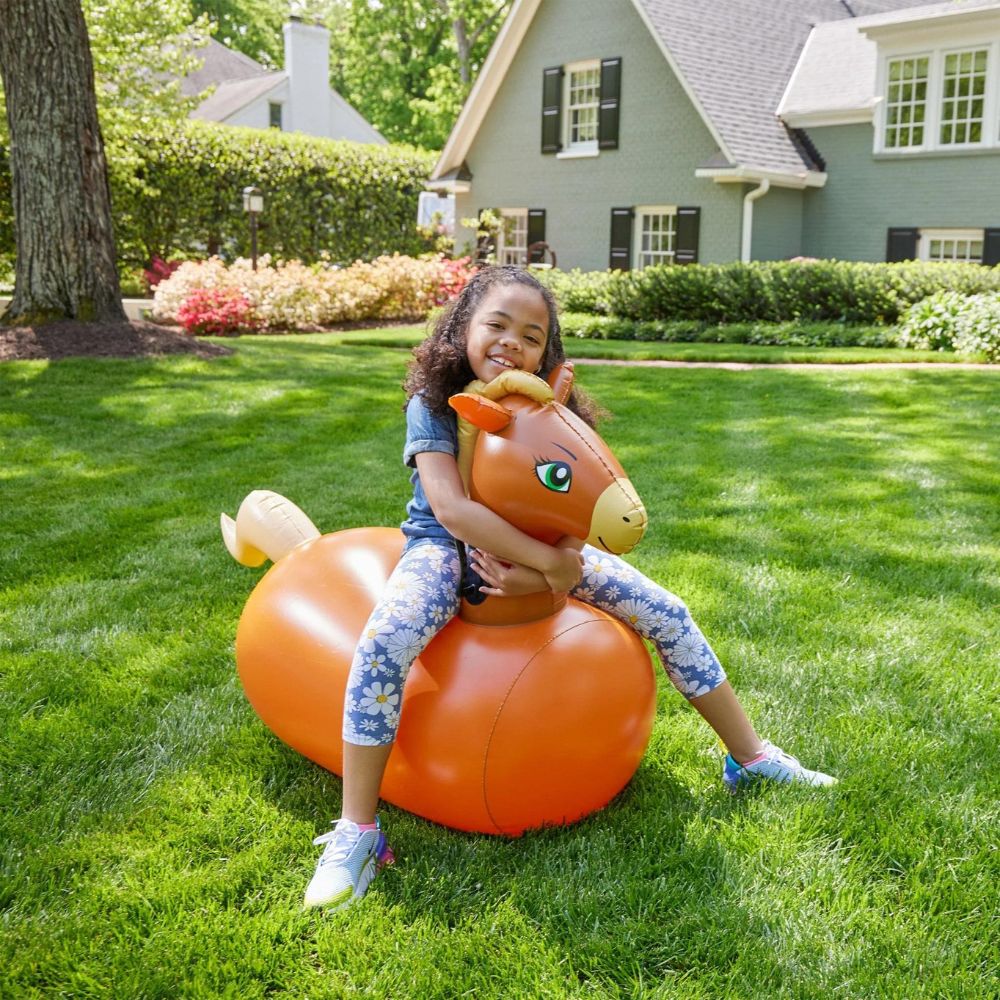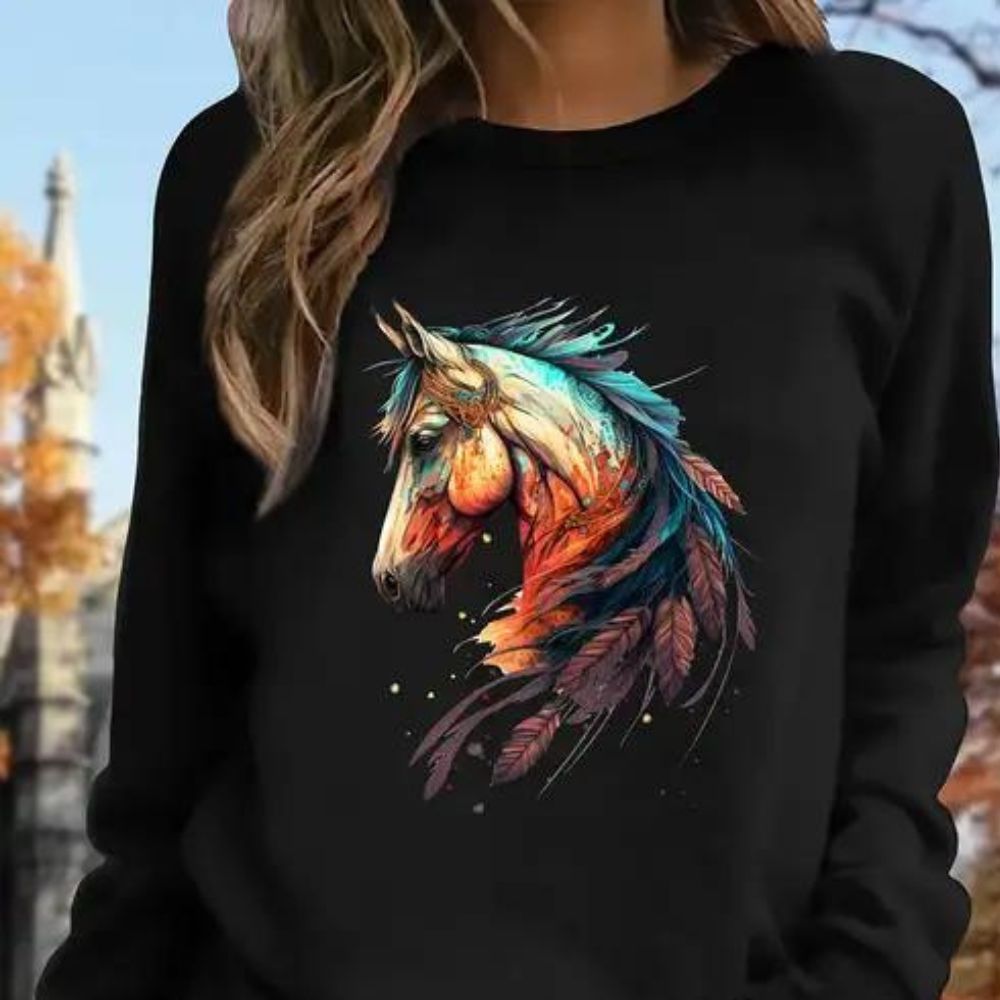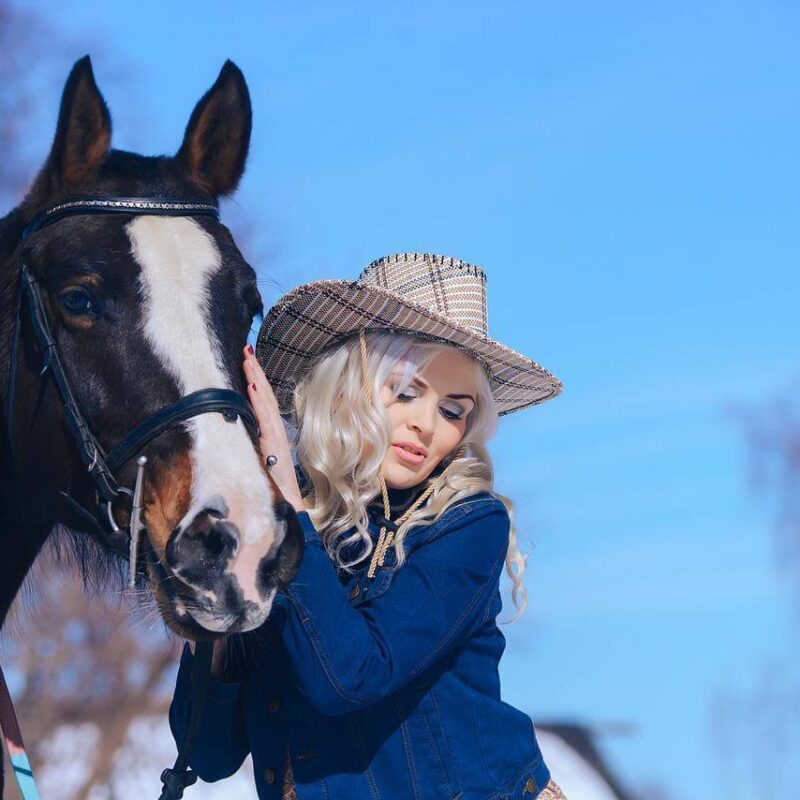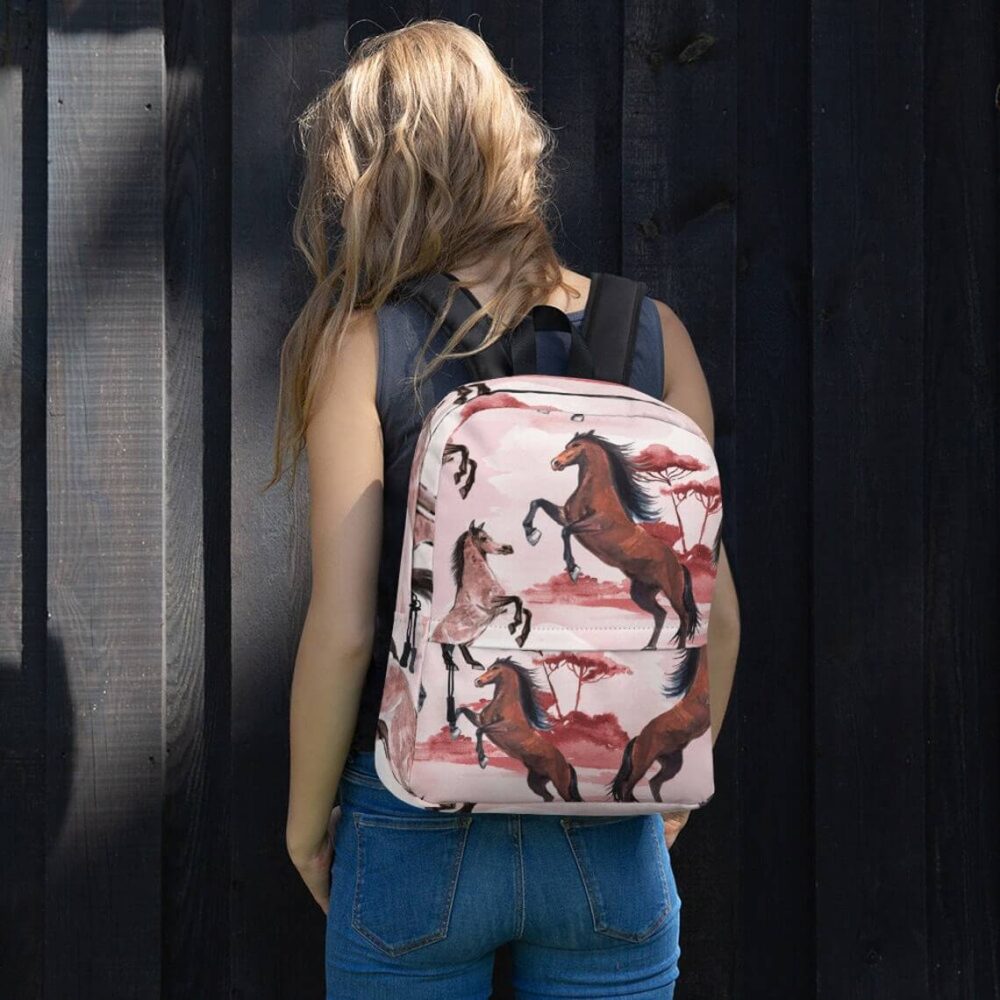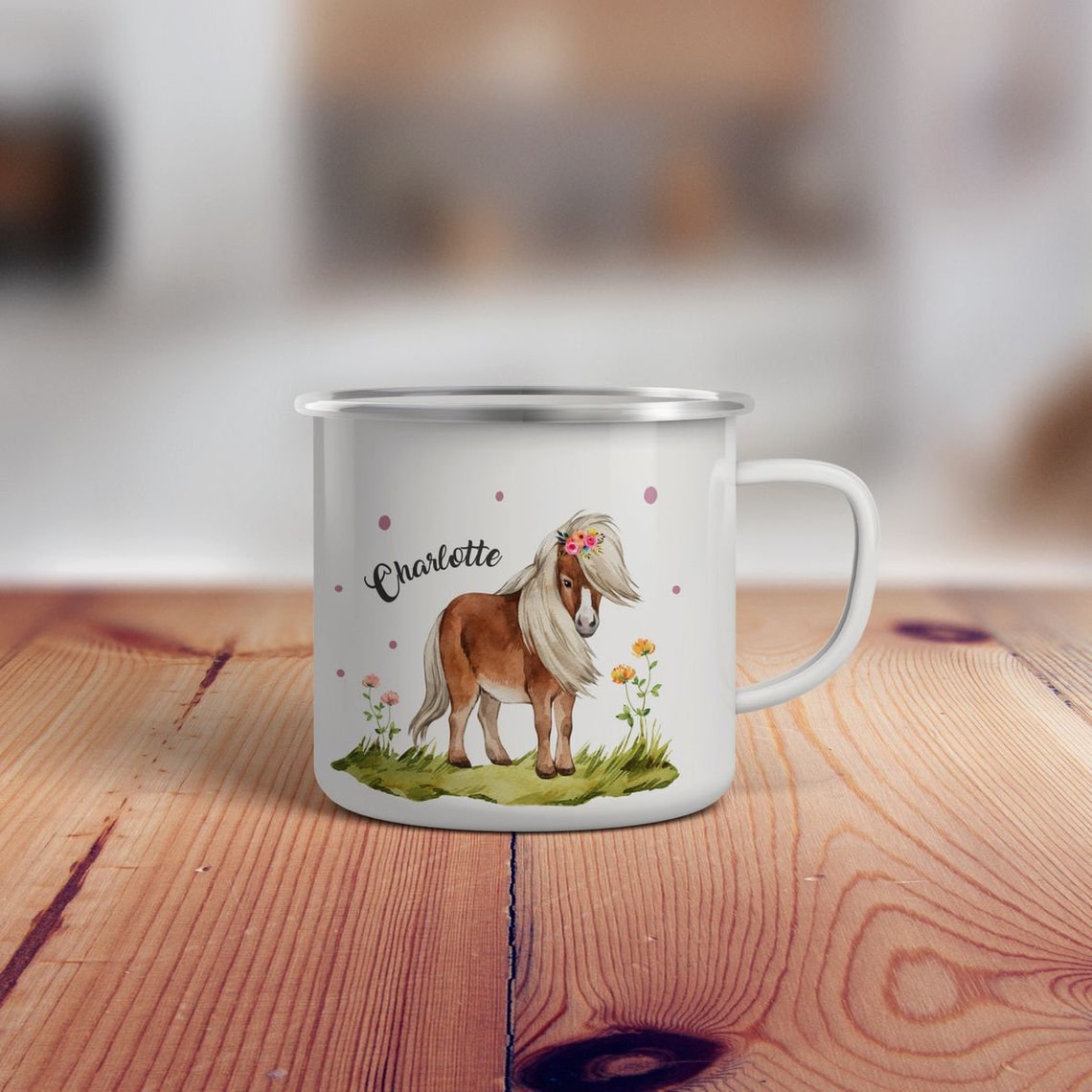
Do Horses Like to Be Pet? Surprising Facts Every Rider Should Know
There’s something magical about the first time you reach out to stroke a horse’s velvety muzzle—the way their warm breath tickles your palm, their ears flicking forward in cautious curiosity. 🐴 But as riders and horse lovers, we often wonder: *Do horses actually enjoy being petted, or are they just tolerating our affection?* The answer isn’t as simple as a yes or no—it depends on the horse, their personality, and *how* you pet them. Let’s dive into the surprising truths behind equine affection.
Do Horses Enjoy Human Touch? The Honest Answer
Horses, like humans, have individual preferences—some adore attention, while others are more reserved. Generally, horses *do* enjoy being petted—but only in the right way and in the right places. A horse that leans into your hand, lowers its head, or licks its lips is likely savoring the moment. But if they pin their ears back, swish their tail, or step away? That’s their way of saying, *»No thanks.»*
Research suggests horses release oxytocin (the «love hormone») when groomed or stroked in soothing ways. Yet, let’s be honest—not all horses are cuddle bugs. Some tolerate touch because they’ve been trained to, while others actively seek it out. The key is reading their body language and respecting their boundaries. After all, would *you* enjoy a stranger patting your head without warning?
Where Do Horses Like to Be Petted Most?
Not all spots are created equal in a horse’s world. Here’s where most horses appreciate a gentle touch:
- Neck & Shoulders: A slow rub along their muscular neck mimics mutual grooming among herd members.
- Withers: That spot between their shoulder blades? Pure bliss—especially if you scratch lightly.
- Cheeks & Forehead: Many horses love a gentle stroke here, as long as you approach slowly.
But beware—belly tickles or sudden pats on the flank can startle them. Always let the horse sniff your hand first, and watch for their reaction.
Spots to Avoid (Unless You Know the Horse Well)
Some areas are no-go zones unless you’ve built trust:
- Ears: Many horses find ear-touching invasive unless they’re used to it.
- Legs & Hooves: Sensitive areas—best left to professionals unless the horse is comfortable.
- Tail: Pulling or sudden touches here can trigger a defensive kick.
How to Tell If a Horse Likes Being Petted
Horses speak volumes through body language. Look for these signs of enjoyment:
- Relaxed ears: Slightly forward or to the sides, not pinned back.
- Soft eyes & lowered head: A sign they’re comfortable.
- Leaning in: If they nudge you for more, you’ve hit the sweet spot!
On the flip side, tail swishing, stomping, or turning away means they’ve had enough. Always respect their cues—forcing affection can erode trust.
Why Some Horses Dislike Petting (And What to Do Instead)
Not every horse is a fan of hands-on affection. Past trauma, lack of socialization, or simply personality can play a role. If a horse seems uneasy:
- Move slower: Sudden movements can spook them.
- Try grooming: Many horses prefer brushes over pats.
- Offer space: Sometimes, standing quietly together builds more trust than touch.
Remember, bonding isn’t just about petting—sharing treats (in moderation), groundwork, or even just talking softly can strengthen your connection.
The Science Behind Horses and Affection
Studies show horses form deep emotional bonds with humans who handle them gently. A 2017 study in *Applied Animal Behaviour Science* found that horses groomed by trusted humans showed lower stress levels and higher oxytocin release. Yet, they also prefer consistency—random, rough petting can confuse them.
Interestingly, horses often mirror their handler’s energy. If you’re calm and patient, they’re more likely to relax into your touch. But if you’re nervous or abrupt? They’ll match that tension.
Final Thoughts: Listening to Your Horse’s Heart
Every horse is unique—some will nuzzle you for scratches like a giant puppy, while others prefer quiet companionship. The joy isn’t in forcing affection but in learning their language and earning their trust. So next time you reach out, pause, watch, and let them guide you. Because when a horse *chooses* to lean into your touch, that’s when the real magic happens. 💙
Whether you’re a seasoned rider or a new horse lover, remember: the best relationships are built on patience, respect, and a little bit of horse sense.








